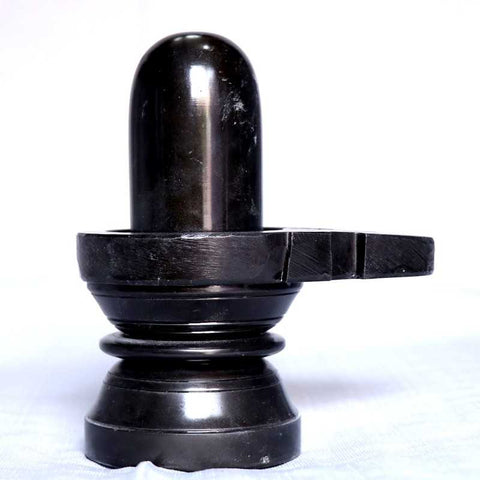Grishneshwar Temple

Grishneshwar sanctuary, now and then alluded to as the Ghrneshwar or Dhushmeshwar sanctuary, is one of the sanctums committed to Lord Shiva that is referenced in the Shiva Purana. The word Ghrneshwara signifies "ruler of empathy. The sanctuary is a significant journey site in the Shaiva convention of Hinduism, which considers it as the last or twelfth Jyotirlinga (linga of light). This journey site is situated in Ellora (additionally called Verul), not exactly a kilometer from Ellora Caves – an UNESCO World Heritage site. It is around 30 kilometers (19 miles) north-west of the city of Aurangabad, and around 300 kilometers (190 miles) east-upper east from Mumbai.
The sanctuary structure was annihilated by the Delhi Sultanate during the Islamic assault and massacre focusing on Hindus in thirteenth and fourteenth century. The sanctuary experienced a few rounds of modifying pursued by re-devastation by Muslims during the Mughal-Maratha strife. It was reconstructed in the present structure in the eighteenth century under the sponsorship of a Hindu ruler Ahilyabai Holkar of Indore, after the fall of the Mughal Empire. It is by and by a significant and dynamic journey site of the Hindus and draws in long queues of aficionados every day. Anybody can enter the sanctuary premises and its inward chambers, however to enter the sanctum sanctorum center (garbha-ghrya) of the sanctuary, the neighborhood Hindu custom requests that men must go uncovered chested.
Grishneshwar Shiva Temple is beside the Ellora Caves.
The Grishneswar sanctuary is an outline of south Indian sanctuary engineering style and structure. The sanctuary, worked of red rocks, is made out of a five-level shikara. The sanctuary was re-developed by Maloji Bhosale of Verul, (granddad of Shivaji) in the sixteenth century and later again by ruler Ahilyabai Holkar in the eighteenth century. She is credited with modifying some of significant Hindu sanctuaries, for example, the Kashi Vishvanath sanctuary in Varanasi, a Vishnu sanctuary in Gaya, and an a lot bigger Shiva Jyotirlinga sanctuary in Somnath.
This 240 ft x 185 ft sanctuary is the littlest Jyotirlinga sanctuary in India. Most of the way up the sanctuary, Dashavataras of Vishnu are cut in red stone. A court lobby is based on 24 columns. On these columns, there are carvings condensing different legends and folklores of Shiva. The Garbhagriha estimates 17 ft x 17 ft. The Lingamurty faces eastbound. There is a Nandi bull in the court corridor. Ghrishneshwar Temple is a venerated sanctuary, arranged in the territory of Maharashtra. The sanctuary houses carvings and figures of numerous Hindu divine beings and goddesses.
No comments:
Post a Comment